Psathyrella candolleana
Scientific name: Psathyrella candolleana (Fr.)
Maire
Derivation of name: Psathyr- means "crumbly" and
ella is a diminutive to distinguish the genus from
Psathrya. Candolleana honors French
botanist
Augustin Pyramus de Candolle, 1778-1841).
Synonyms: Agaricus candolleanus Fr.
Common name(s): Common Psathyrella; Suburban
Psathyrella.
Phylum: Basidiomycota
Order: Agaricales
Family: Psathyrellaceae
Occurrence on wood substrate: Saprobic; solitary
to scattered or grouped on or around decaying
deciduous stumps, wood chips, and lawns.
Dimensions: Caps 2.5-10 cm wide; stipes 5-10 cm
long and 0.3-1 cm thick.
Cap: Smooth; color variable, from ivory to pale to
dark honey-yellow to tan, sometimes with purplish-
brown tones near the margin, fading to whitish in age;
marginal veil remnants.
Gills: Attached; white at first, becoming grayish, then
dark brown.
Spore print: Purple-brown.
Stipe: White; silky.
Veil: White partial veil membranous, rarely leaving ring
on upper stalk.
Edibility: Edible but not recommended due to
uncertainties in identification..
Comments: Field guides describe common
psathyrella as
a species complex. See website below
for a good description of the extensive variation found
in this species cluster.
More information at MushroomExpert.com:
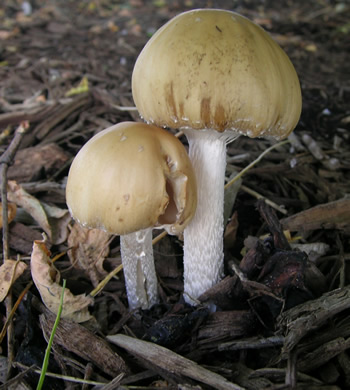
Figure 1. Psathyrella candolleana growing in wood mulch.
Photo © John Dawson.
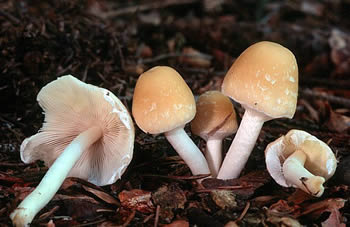
Figure 2. Young specimens of common psathyrella showing
marginal veil remnants. Photo © Pam Kaminski.
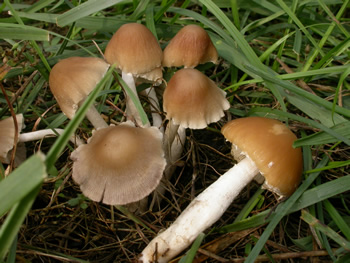
Figure 3. Common psathyrella may grow in grassy areas,
developing from buried wood or from roots.
Photo © Gary Emberger.
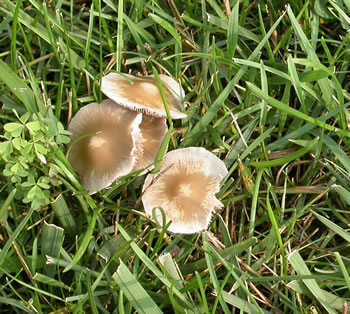
Figure 4. Caps often fade to a whitish color in older
specimens of Psathyrella
candolleana. Photo © Gary
Emberger.
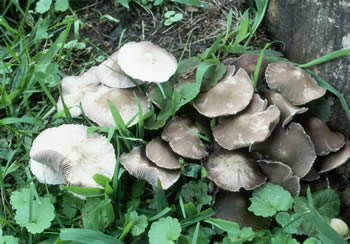
Figure 5. Additional color variation in this species.
Photo © William Roody.